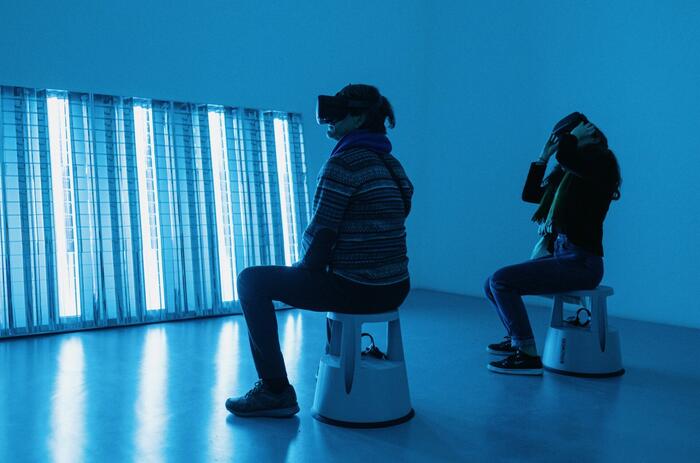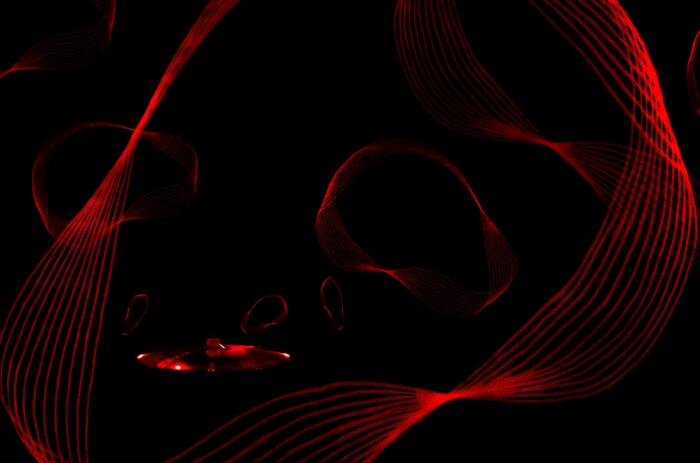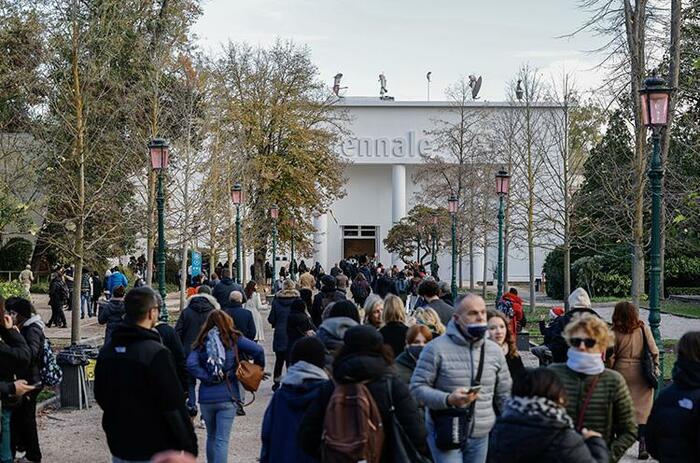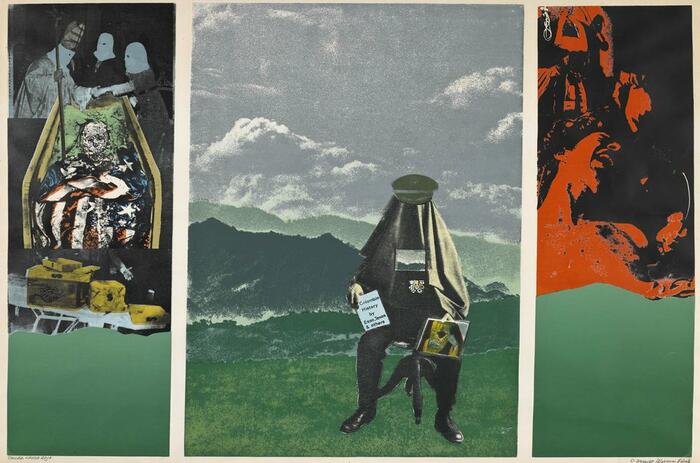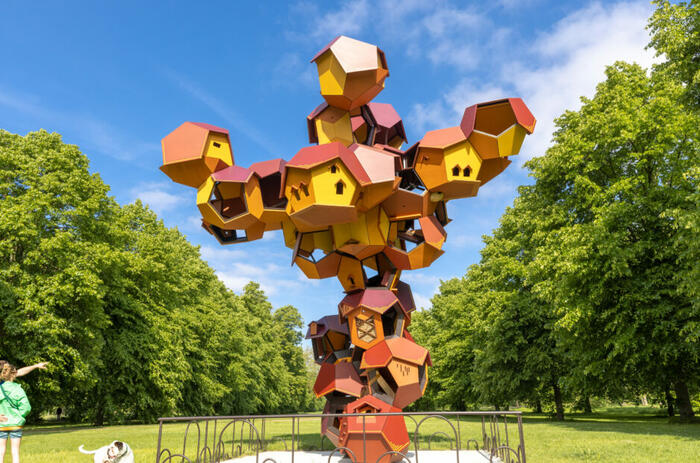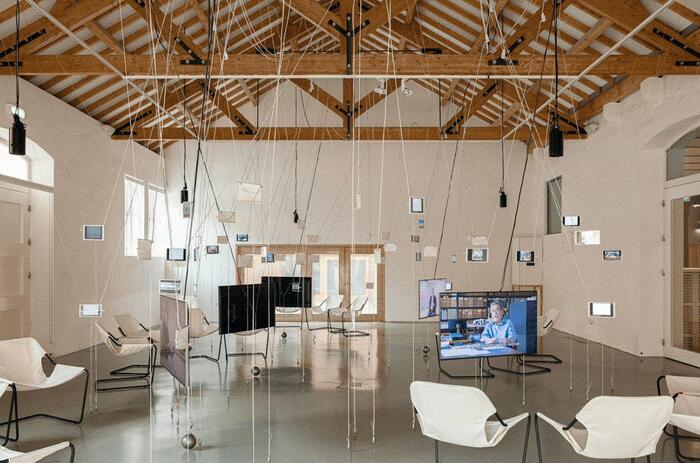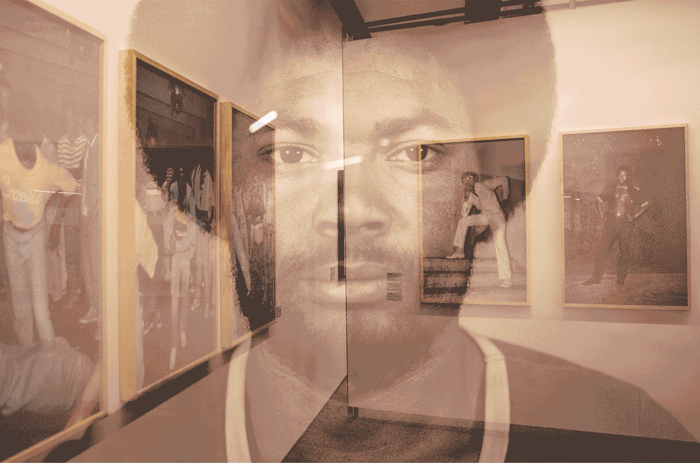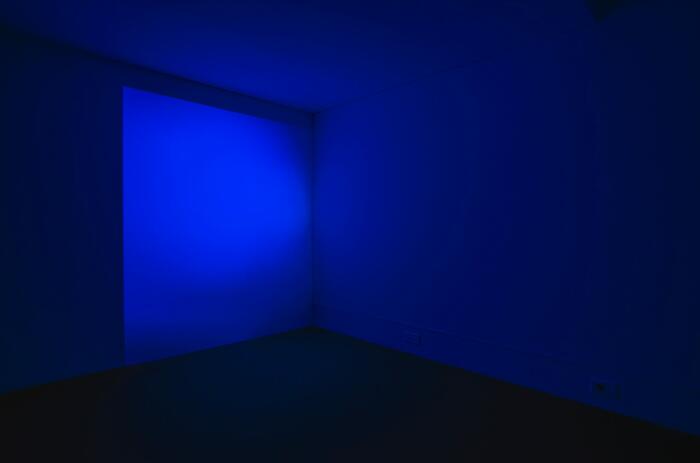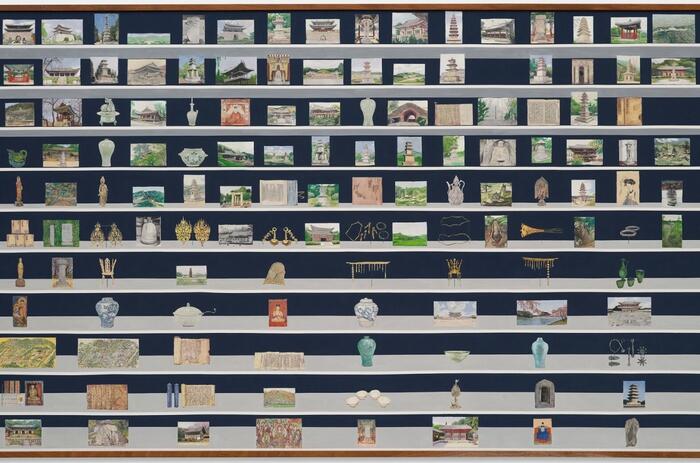LATIN AMERICAN ARTISTS IN LIVERPOOL BIENNALE
The 12th edition of Liverpool Biennial ‘uMoya: The sacred Return of Lost Things’ addresses the history and temperament of the city of Liverpool and is a call for ancestral and indigenous forms of knowledge, wisdom and healing. In the isiZulu language, ‘uMoya’ means spirit, breath, air, climate and wind.
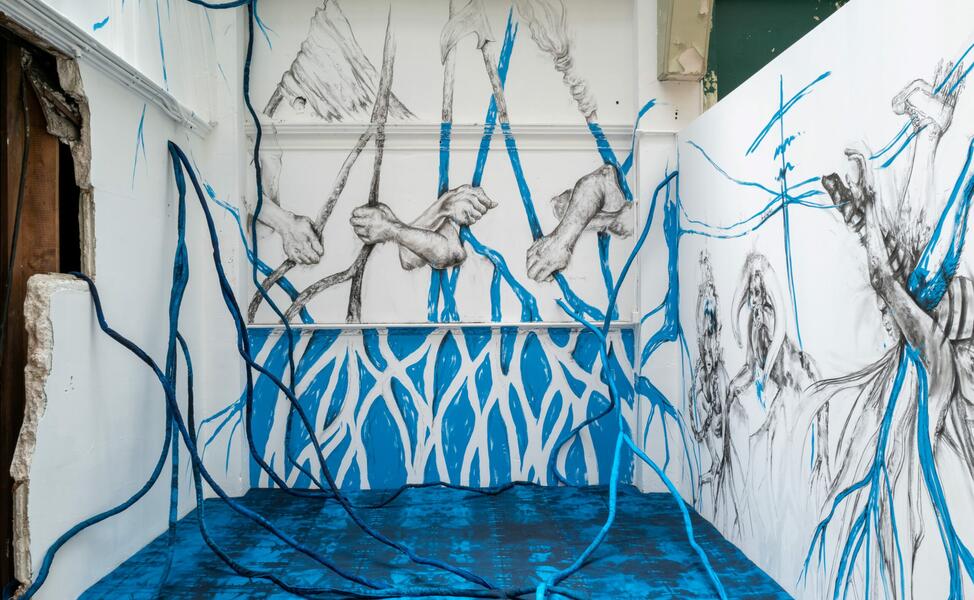
The festival explores the ways in which people and objects have the potential to manifest power as they move across the world, while acknowledging the continued losses of the past. It draws a line from the ongoing Catastrophes caused by colonialism towards an insistence on being truly Alive.
Taking over historic buildings, unexpected spaces and art galleries, a dynamic programme of free exhibitions, performances, screenings, community events, learning activities and fringe events unfolds over 14 weeks, shining a light on the city’s vibrant cultural scene.
More than 30 international artists and collectives have been invited to engage with uMoya as a compass, divine intervention, and thoroughfare, including Latin American artists such as Edgar Calel, Fátima Rodrigo Gonzales, Gala Porras-Kim, Guadalupe Maravilla, Isa Do Rosário, Shannon Alonzo and Antonio Obá.
Edgar Calel: Ru k’ox k’ob’el jun ojer etemab’el (The Echo of an Ancient Form of Knowledge)
At Tate Liverpool, Edgar Calel’s work Ru k’ox k’ob’el jun ojer etemab’el (The Echo of an Ancient Form of Knowledge)’ (2021) presents stones as sacred sites of ritual adorned with fruit and vegetables placed during a private ritual during the exhibition installation. Exhibited for the first time since Tate began its custodianship of the work, the piece exists as an offering to the land and Calel’s ancestors. In the artist’s home, stories from dreams are shared amongst families over breakfast and are understood to foretell the energy for the day or task ahead.
For Calel, dreams, art and spirituality are always interconnected and here, they have determined the specific produce which is on offer as thanks.
-
Edgar Calel, ‘Ru k’ox k’ob’el jun ojer etemab’el' 2021. Liverpool Biennial 2023 at Tate Liverpool. Courtesy of Liverpool Biennial. Photography by Mark McNulty
-
Edgar Calel, ‘Ru k’ox k’ob’el jun ojer etemab’el' 2021. Liverpool Biennial 2023 at Tate Liverpool. Courtesy of Liverpool Biennial. Photography by Mark McNulty
Fátima Rodrigo Gonzales: Contradanza
For Liverpool Biennial 2023, Fátima Rodrigo Gonzales presents several works from her Holograms series (2020-2022), alongside a newly commissioned textile work, Contradanza (2023). Both explore how fashion photography often copies and extracts from aesthetics and traditional dress of indigenous people and cultures for commercial purposes.
In these types of photographs, people are portrayed as subjects with no identity, reduced to their costumes that become detached from their original purpose or meaning through repetitive postures and gestures. Through the photographer’s lens, Andean and other indigenous bodies become exotic commodities for an international market, enabling hierarchies that reproduce the colonial idea of a “civilised us” constructed in opposition to the “indigenous others”.
-
Fátima Rodrigo Gonzales, ‘Contradanza’, 2023. Liverpool Biennial 2023 at Tate Liverpool. Courtesy of Liverpool Biennial. Photography by Mark McNulty
Gala Porras-Kim presents three works at Liverpool Biennial 2023
At Tate Liverpool, Out of an instance of expiration comes a perennial showing (2022 – ongoing), Porras-Kim propagates mould spores from the British Museum’s collection storage, liberating and regrowing microscopic parts of the exhibits and artefacts. The work is a living organism. The mould spores will grow and spread over the course of the exhibition, inverting traditional concerns within conservation which aim to prevent and contain growth.
Porras-Kim’s intricate drawings, Future Spaces Replicate Earlier Spaces (2023), presented at Victoria Gallery & Museum, imagine objects created from ancient vessels, combined to create new forms and functions. A drawing of shells, once used as ritual wind instruments, questions the sounds they would have made individually – a sound that recalls an earlier space, but now becomes a collective sound. A second drawing depicts empty moulds from an ancient factory. We see negative spaces in place of objects which are no longer present, with functions that are no longer available, but which hold the potential to be reimagined and remade.
At World Museum, Roll Call, an audio piece, resurrects the names of those who have passed and been reincarnated into objects now stored in museum collections. According to their beliefs, the deceased left conservation instructions for their names to be spoken aloud as their bodies were preserved for reincarnation. Porras-Kim honours their wishes and presents a whispered reading of their names, bestowing agency on the dead and questioning museum conservation models.
-
Gala Porras-Kim, Out of an instance of expiration comes a perennial showing, 2022. Propagated spores from the British Museum and potato dextrose agar on muslin Courtesy of the artist and Commonwealth and Council. Photo by Andy Keate
Guadalupe Maravilla: Disease Thrower series
Presented at Tate Liverpool, Guadalupe Maravilla’s Disease Thrower series (2019) are autobiographical constructions which are at once sculptures, shrines, wearable headdresses, and healing instruments, reflecting on the artist’s own experiences as an undocumented migrant and cancer survivor. Elements of the work are crafted from objects collected during Maravilla’s retracing of his childhood migration route made alone to the USA at the age of 8 to escape the civil war in El Salvador, interwoven with items from the spiritual and shamanic practices the artist experienced after his diagnosis with colon cancer in his mid-30s. The works consider ancient and contemporary methods of healing the body and spirit from the traumas of displacement.
-
Guadalupe Maravilla, ‘Disease Thrower #8’ and ‘Disease Thrower #9’. Installation view at Tate Liverpool. Courtesy of Liverpool Biennial. Photography by Mark McNulty
Isa do Rosário: Dança com a Morte no Atlântico (Dance with Death on the Atlantic Sea)
In the creation of her textile works, Isa do Rosário is led by spiritual conversation with Orixás (pronounced ‘oh-ri-sha’) and those who lost their lives during the Atlantic Slave Trade. According to Candomblé, an African religion that developed in Brazil during 19th century, Orixás are believed to be ancestors who have been deified and who represent the forces of nature. They can be communicated with directly, and offer guidance, protection, prosperity, health and well-being.
The large and intricate textile works exhibited at Tate Liverpool and the Tobacco Warehouse are the result of this connection, and create a space for remembering, mourning and ascension. do Rosário states: “The orixás tell me what to do, how to stitch – the drawings are of the voices I was hearing. These are messages from the souls of Black people who were drowned in the Atlantic".
-
Isa do Rosário, Dança com a Morte no Atlântico (Dance with Death on the Atlantic Sea) 2013-2023. Liverpool Biennial 2023 at Tobacco Warehouse. Courtesy of Liverpool Biennial. Photography by Mark McNulty
-
Isa do Rosário. Liverpool Biennial 2023 at Tate Liverpool. Courtesy of Liverpool Biennial. Photography by Mark McNulty7
Shannon Alonzo: Mangroves
At Cotton Exchange, Shannon Alonzo’s site-specific mural of charcoal and paint, entitled ‘Mangroves’, explores the Caribbean Carnival’s relationship to space: claimed and embodied, geographic and ideological. Mangroves are an enmeshed root system living on the fringes of land and sea in coastal, tropical climates. Referencing the entangled forms of mangroves, the motif refers to the Carnival’s historic provision of a place of refuge and stability for marginalised people. Carnival celebrations exist globally to resist racial injustice and institutionalised oppression, offering a space for people of the Caribbean diaspora to assert their right to joy, self-articulation, agency, and ancestral legacy. Alonzo’s ritual of erasing and redrawing the mural part way through the exhibition is an offering to catalyse healing and a restoration of balance.
At Tate Liverpool, Lowest Hanging Fruit (2018), created in response to an article on the ‘postcolonial diet’ in the Caribbean, questions how our everyday choices are often informed by our history. The layers of the garment represent periods of time, with the subject seen lifting the upper layer – which represents the present – in order to reveal the past. Washerwoman (2018) is inspired by an unnamed woman featured in a photograph taken by J.W. Cleary in Jamaica around 1890. It is the product of Alonzo’s attempt to get to know her ancestors through the work of her own hands, which silently move alongside theirs across time.
-
Shannon Alonzo, Mangroves, 2023. Liverpool Biennial 2023 at Cotton Exchange. Courtesy of Liverpool Biennial. Photography by Mark McNulty.
-
Shannon Alonzo, Mangroves, 2023. Liverpool Biennial 2023 at Cotton Exchange. Courtesy of Liverpool Biennial. Photography by Mark McNulty.
-
Shannon Alonzo, Mangroves, 2023. Liverpool Biennial 2023 at Cotton Exchange. Courtesy of Liverpool Biennial. Photography by Mark McNulty.
Antonio Obá: Jardim
Jardim (2022), meaning ‘Garden’ in Portuguese, is a large-scale installation exhibited at Victoria Gallery & Museum for Liverpool Biennial 2023. Made of hundreds of brass bells, it invites visitors to follow a path through the work, encouraging active participation through the ringing of the bells.
This interactive installation simulates a hunting or hideout environment – the bells act like bait which call out for us to touch them. By completing this irresistible action, we alert the alarm, giving away our presence and location.
-
Antonio Obá, ‘Jardim’, 2022 and Gala Porras Kim ‘Future spaces replicate earlier spaces’, 2023 . Liverpool Biennial 2023 at Victoria Gallery & Museum. Courtesy of Liverpool Biennial. Photography by Mark McNulty
-
Antonio Obá, ‘Jardim’, 2022 and Gala Porras Kim ‘Future spaces replicate earlier spaces’, 2023 . Liverpool Biennial 2023 at Victoria Gallery & Museum. Courtesy of Liverpool Biennial. Photography by Mark McNulty

